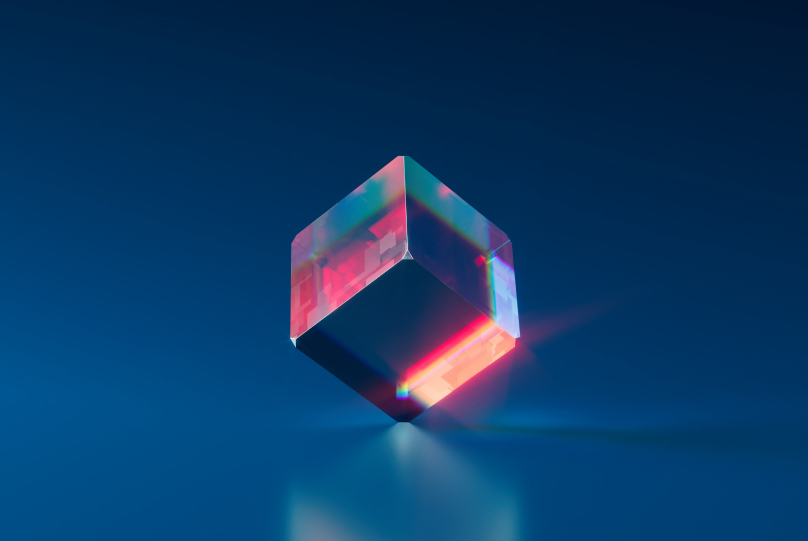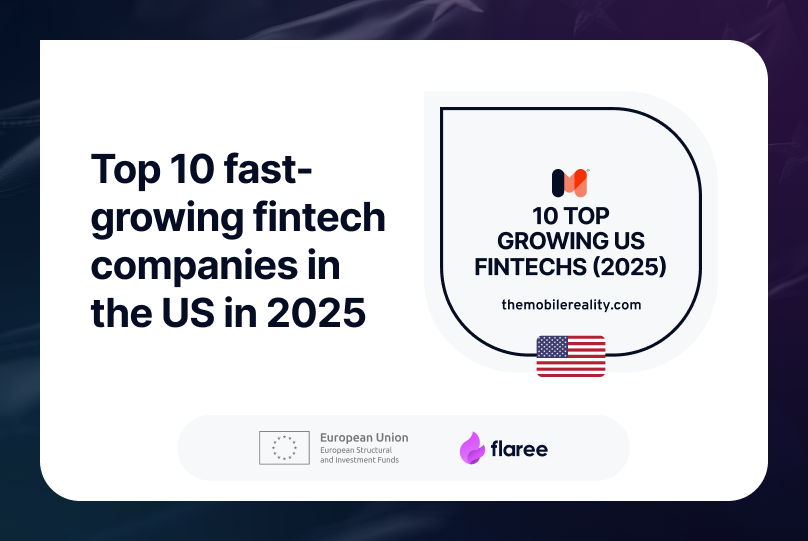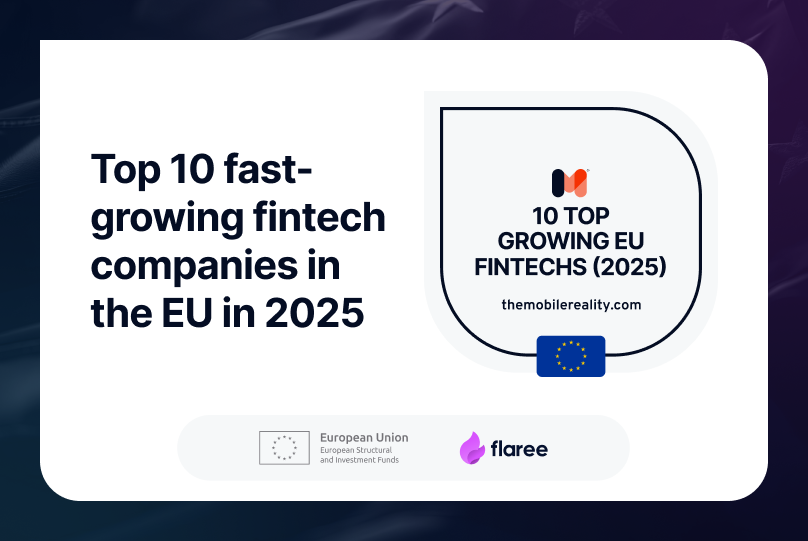Introduction
The cryptocurrency boom has become an incentive for developing another unexpected trend — NFT auctions. Artists, musicians, and representatives of the technological sphere sell digital copies of memes, avatars, and video clips for millions of dollars. It seems that any user can repeat their success.
The abbreviation NFS was recognized as the word of 2021, according to the publishers of the explanatory dictionary of the English language Harper Collins. Today, only the lazy person does not know about the existence of this phenomenon, but not everyone will have an answer to the questions of how to create a TAE and how to make money on the sale of TAE. It's time to close the gaps.
This article will tell you when it is the right time to mint your collection and how to do it.
In Mobile Reality, we’ve created a new way of benefit for employees that value increases over time called NFT Reality.
You can also find more of our articles about NFT in our blog.
First, let’s state what NFT is.
What is NFT?
NFT (from the English non-fungible token) is a non—interchangeable token denoting ownership of an object that is expressed digitally. It can be a text, an image, an audio recording or a song, a digital or physical work of art, games and game items, or various trading instruments. Generally, there are no restrictions.
The first experiments with NFT began in 2013, and the wave of hype rose only in 2021 when enthusiasts began to earn on madness. So, the creator of the Nyan Cat meme received $580 thousand in cryptocurrency for a gif with the famous mom's cat, and the artist Beeple sold the token of the painting every day: The First 5000 Days for $69.3 million. Even the Internet creator, Tim Berners-Lee, succumbed to the trend, in June auctioning his original code of the world wide web as NFT.
How do non-interchangeable tokens work? For example, bitcoin is an interchangeable coin. If I have one bitcoin, I can exchange it for another without any problems. In the case of NFT, things are different. If a non-interchangeable token represents a picture, it has its prescribed price and uniqueness factor. In another digital work of art, these markers are other. Therefore, formally, one token is not equal to another.
In addition, each NFT token is issued only once. That is, the network cannot create a second such coin. And the ticket cannot be copied. These rules are governed by a smart contract that records the identification information of the object represented by the token. It is the smart contract that helps to distinguish one NFT token from another. All information about the pass is stored in the blockchain, meaning the data cannot be erased or changed.
Minting your own NFT collection: advantages and disadvantages
When collecting coins, stamps, or other collectibles, many people wonder whether they should mint their collection or purchase pre-existing items. Both approaches have pros and cons, and the decision ultimately depends on personal preferences and circumstances.
One of the main advantages of creating your NFT collection is that it allows you to control the design and content of the items thoroughly. This can appeal to those with a specific theme or focus for their collection. For example, if you are a history buff and want to create a collection of coins that depict significant events or figures of a certain period, minting your pool will allow you to adapt currencies to your interests.
Another advantage of creating your NFT collection is that it can be a valuable and informative activity. Designing and creating collectibles can be complex, and watching your vision come to life can be a lot of fun. In addition, learning the various methods and techniques used in coinage can be a fascinating way to expand your knowledge and understanding of these subjects.
However, the coinage of its collection has several drawbacks. The first and ious is the cost. Chasing your collectibles can be expensive, primarily if you use high-quality materials and hire professionals to help with the process. In addition, the minting process can take a long time, requiring significant planning and preparation.
Another consideration is the potential difficulty of finding buyers for your newly made products. While there are certainly collectors interested in acquiring unique custom-made items, the market for such collectibles may be more limited than for widely available items. This can make it difficult to return your investment in the coinage process, especially if you hope to sell the products in the future.
On the other hand, buying existing items for your collection has advantages and disadvantages. One of the main advantages is the convenience factor – it is often much easier and faster to find and purchase items already in circulation or available for sale than to go through the process of minting them yourself. In addition, buying items already in circulation can often be more cost-effective since the initial investment in coinage and production has already been made.
However, buying existing products also comes with its own set of problems. One of the main drawbacks is that you are limited to products that are available on the market instead of being able to create your custom products. In addition, verifying the authenticity and origin of goods that have already been distributed may be more challenging, especially if you buy from an unfamiliar source.
Platforms for creating NFT
So you’ve decided to mint your NFT collection, finally. What’s next?
The process of creating a token is often called minting. Minting is possible on one of the blockchain platforms. Ethereum was the first blockchain for the mass release of NFT. Now the release of NFT is supported by Solana, NEO, Tezos, EOS, Flow, Secret Network, TRON, Binance Smart Chain, and others. The most popular is Ethereum and Binance Smart Chain.
Historically, the most significant number of NFTs have been released on Ethereum. But the commission is also higher — up to $ 100 on Opensea (one of the marketplaces). So it is essential to choose a platform based on the marketplace and its conditions. You can mint NFT on Ethereum here:
The cost of entering the NFT market can be reduced due to lower commissions on the Binance Smart Chain. Here are the markets:
Having decided what you plan to sell in the form of NFT, check out the platforms and their prices. It is not worth focusing on long-hanging lots: they may be overestimated by the sellers who placed them. Hint: OpenSea and Rarible are best suited for selling photos.
Conclusion
Ultimately, deciding whether to mint your NFT collection or purchase existing items depends on personal preferences and circumstances. For those who want and can invest time and money in creating their products, this can be a valuable and informative experience that allows you to control the design and content of the collection entirely. On the other hand, buying existing items can be a convenient and economical option, especially for those who want to assemble a collection quickly or are interested in more affordable items.
Follow the latest news from the world of cryptocurrency and NFT. You can do it on our blog. It will help you to react to the changes promptly. In some cases, you will get a good income. In others – protect yourself from losses or minimize them.
Of course, there should be no extremes when you study the market around the clock and lose normal sleep. A system is needed, but a healthy balance is necessary. Also, check out our NFT and Blockchain solutions, such as NFT Reality and others, to keep your time and money - let professionals do your work.
Web3 and Blockchain Development Insights
As the blockchain landscape continues to grow, it's clear that the value of NFTs and Web3 technology extends far beyond mere monetary worth. At Mobile Reality, we're at the forefront of exploring the potential of these technologies. We invite you to peruse our detailed articles that offer rich insights into the world of Web3 and blockchain software development:
- The true value of NFT is not only about money
- The Merge - How Ethereum Will Use 99,5% Less Energy
- What are the benefits you can get by buying an NFT?
- Guide to NFTs: When and how to invest in NFTs
- Web3 & NFT roller-coaster and analysis
- Top 10 Web3 Blockchain Real Estate Companies
- Blockchain Web3 Music Companies you Should Know in 2025
- Leveraging Blockchain for Fintech: A Look Ahead to 2025
- Top Blockchain Conferences That You Cannot Miss in 2025
- Maximize Your NFT Marketplace Development in 2025
- DePIN: Power of Blockchain for Infrastructure Networks
These resources are curated to broaden your understanding and inform your decisions in Web3 and blockchain. By the way, Mobile Reality has been recognized as one of the top blockchain development companies by Vendorland. Contact our expert sales team for potential collaborations if you consider venturing into NFTs, blockchain, or web3 development. For those aspiring to be part of our innovative team, we encourage you to explore career opportunities on our careers page. Join us as we delve into the transformative world of blockchain technology!





